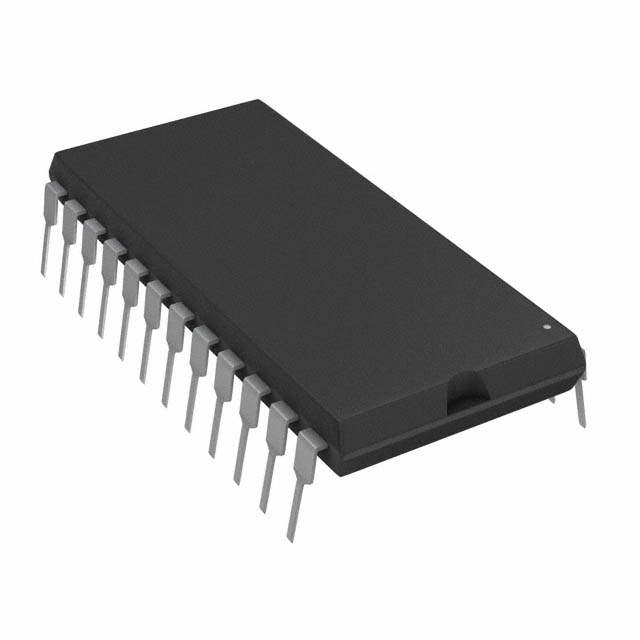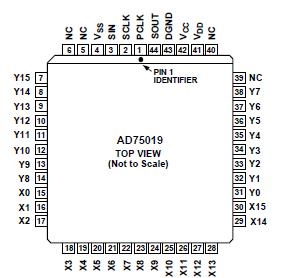AD75019: Features: ` 256 Switches in a 16 *16 Array` Wide Signal Range: to Supply Rails of 24 V or 612 V` Low On-Resistance: 200 Typ` TTL/CMOS/Microprocessor-Compatible Control Lines` Serial Input Simplifies...
floor Price/Ceiling Price
- Part Number:
- AD75019
- Supply Ability:
- 5000
Price Break
- Qty
- 1~5000
- Unit Price
- Negotiable
- Processing time
- 15 Days
SeekIC Buyer Protection PLUS - newly updated for 2013!
- Escrow Protection.
- Guaranteed refunds.
- Secure payments.
- Learn more >>
Month Sales
268 Transactions
Payment Methods
All payment methods are secure and covered by SeekIC Buyer Protection PLUS.

 AD75019 Data Sheet
AD75019 Data Sheet









